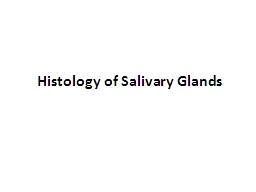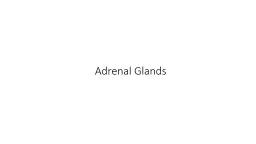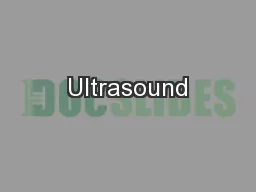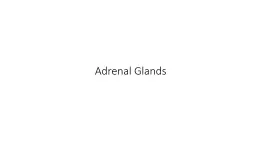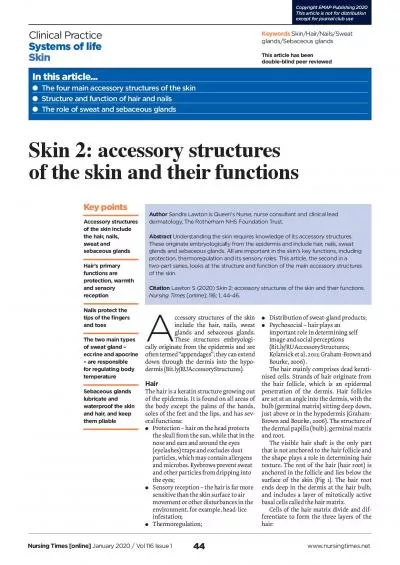PDF-Ultrasound of the adrenals glands 02052011 1220 1
Author : layla | Published Date : 2022-10-11
Dieter Nürnberg corresponding author Agnes SzebeniFranti154ek ZáOlomouc Czech Republic Corresponding author Ruppiner Kliniken GmbH Department of Internal Medicine
Presentation Embed Code
Download Presentation
Download Presentation The PPT/PDF document "Ultrasound of the adrenals glands 020520..." is the property of its rightful owner. Permission is granted to download and print the materials on this website for personal, non-commercial use only, and to display it on your personal computer provided you do not modify the materials and that you retain all copyright notices contained in the materials. By downloading content from our website, you accept the terms of this agreement.
Ultrasound of the adrenals glands 02052011 1220 1: Transcript
Download Rules Of Document
"Ultrasound of the adrenals glands 02052011 1220 1"The content belongs to its owner. You may download and print it for personal use, without modification, and keep all copyright notices. By downloading, you agree to these terms.
Related Documents


